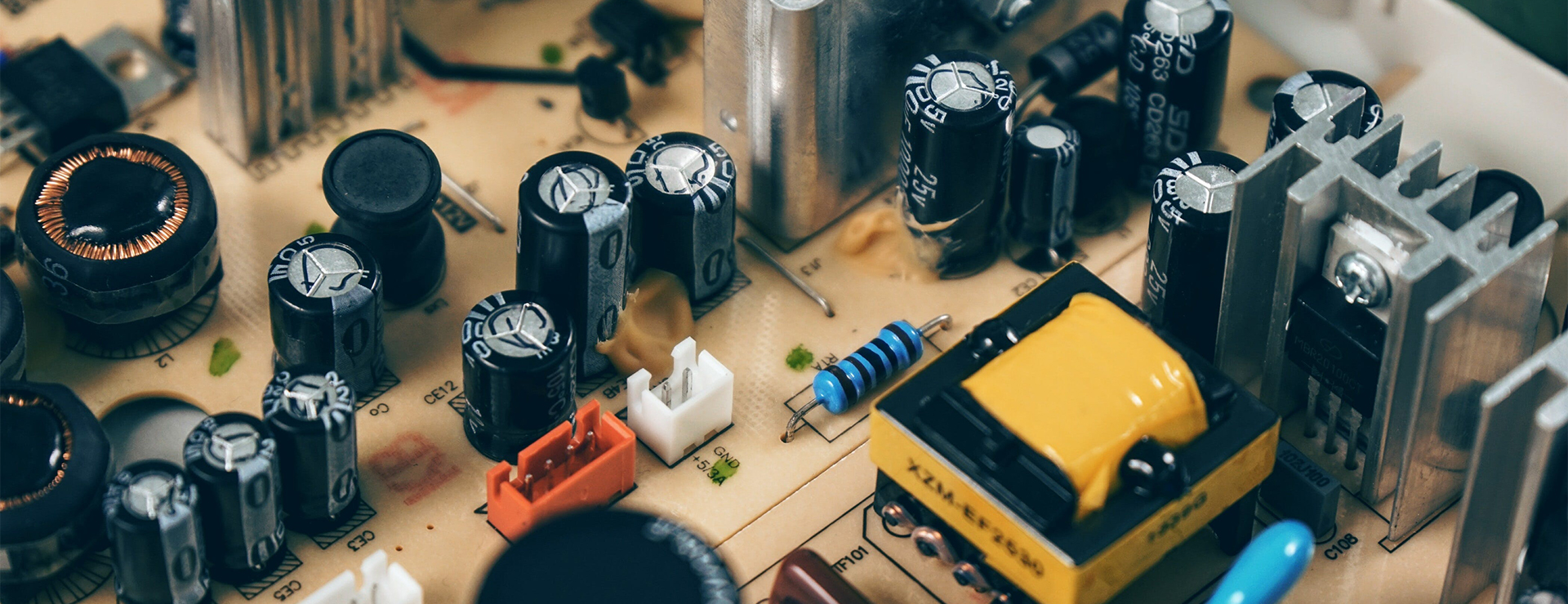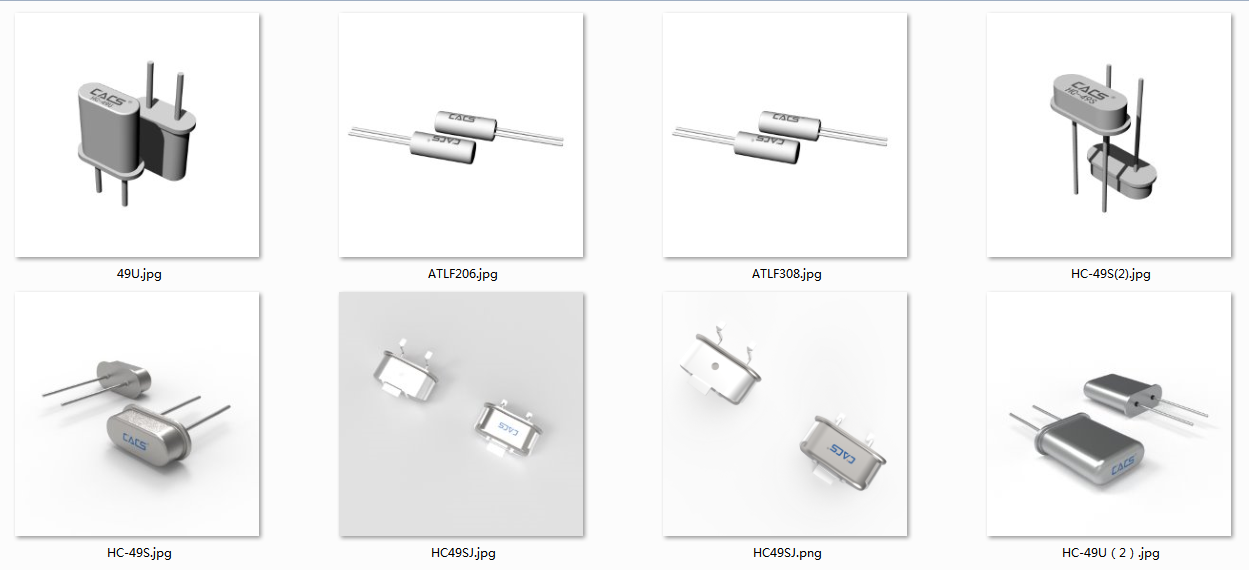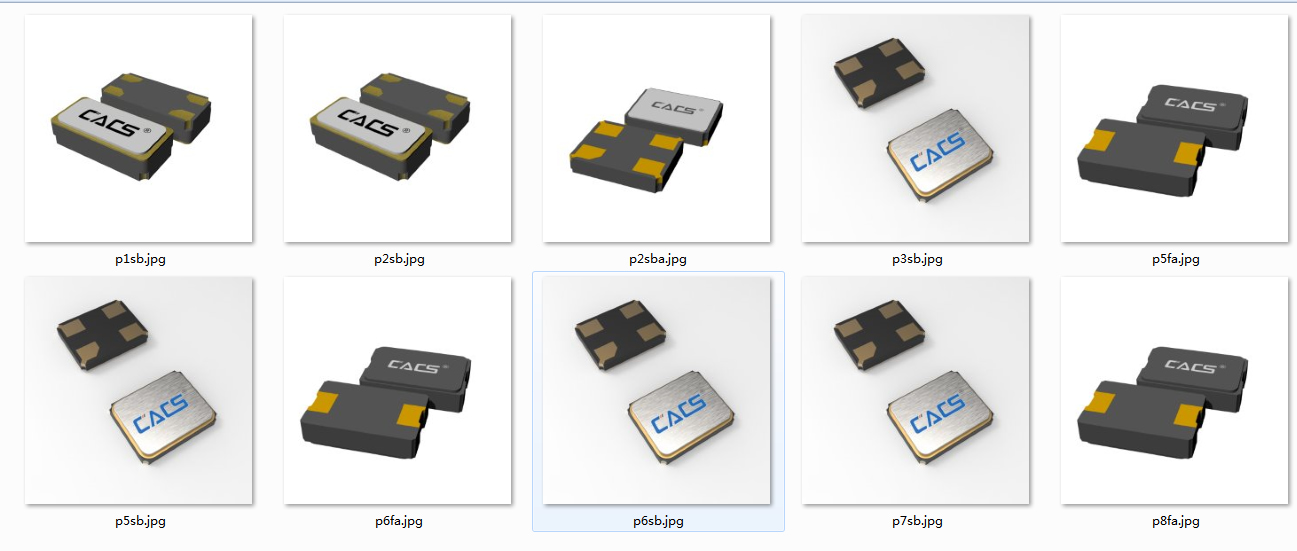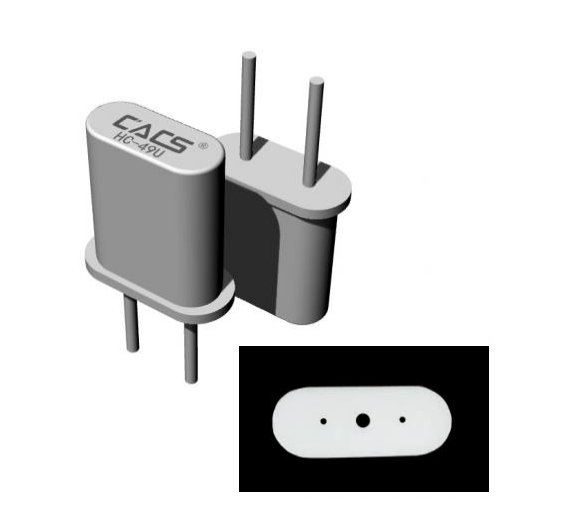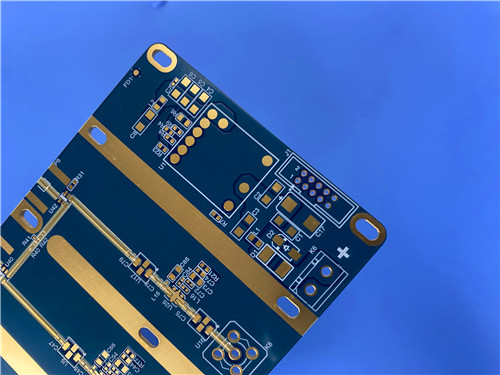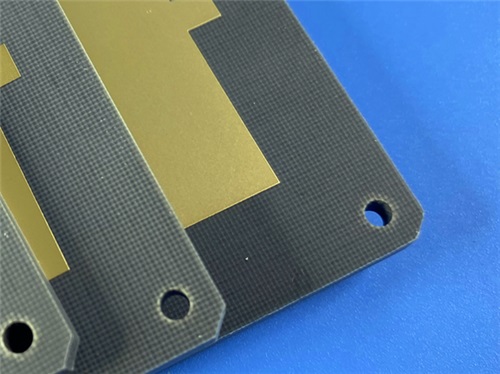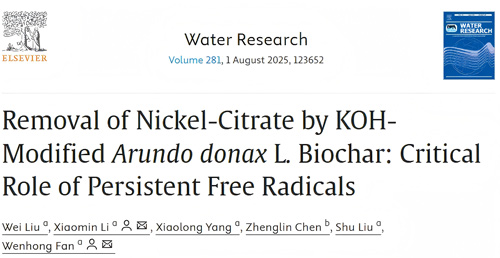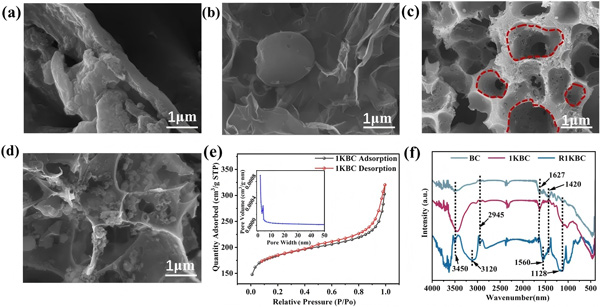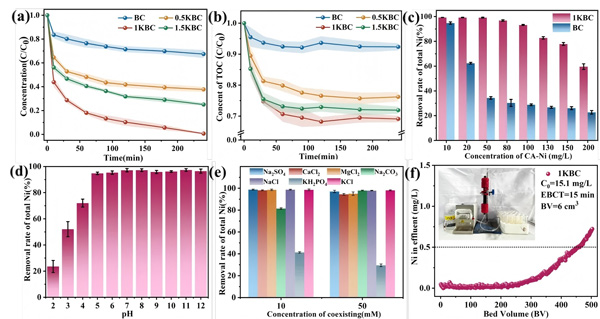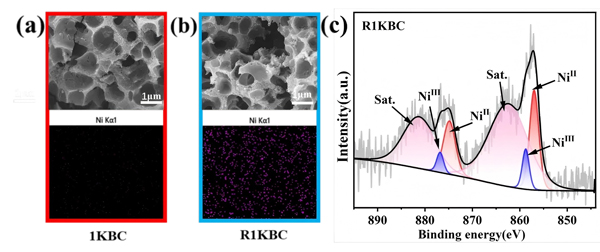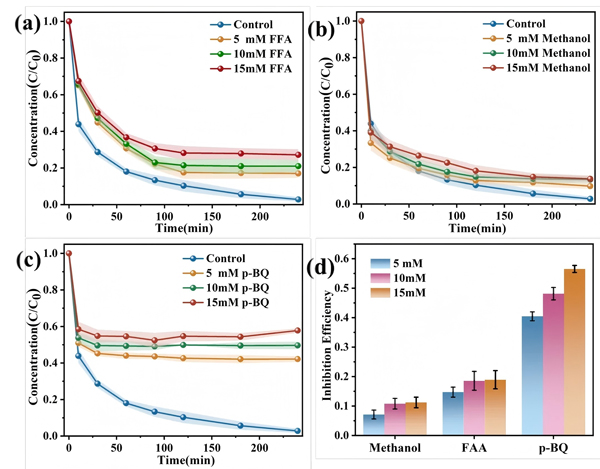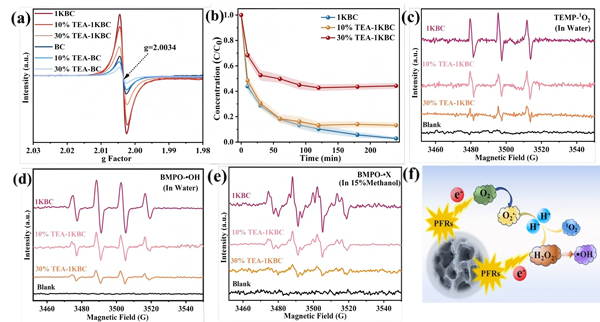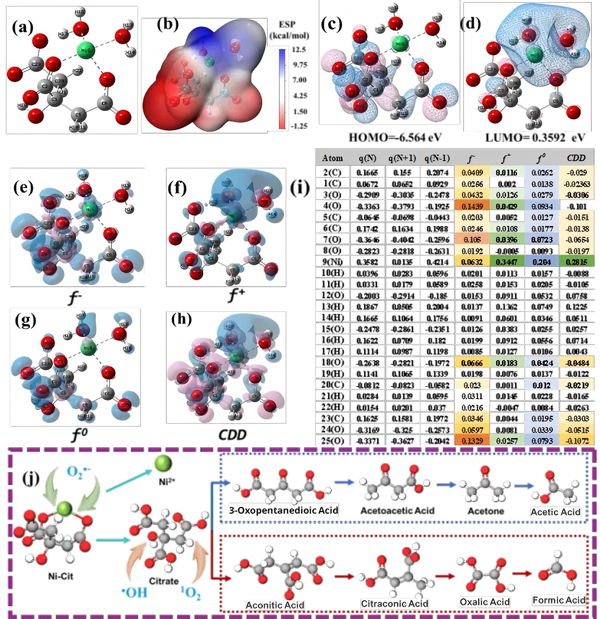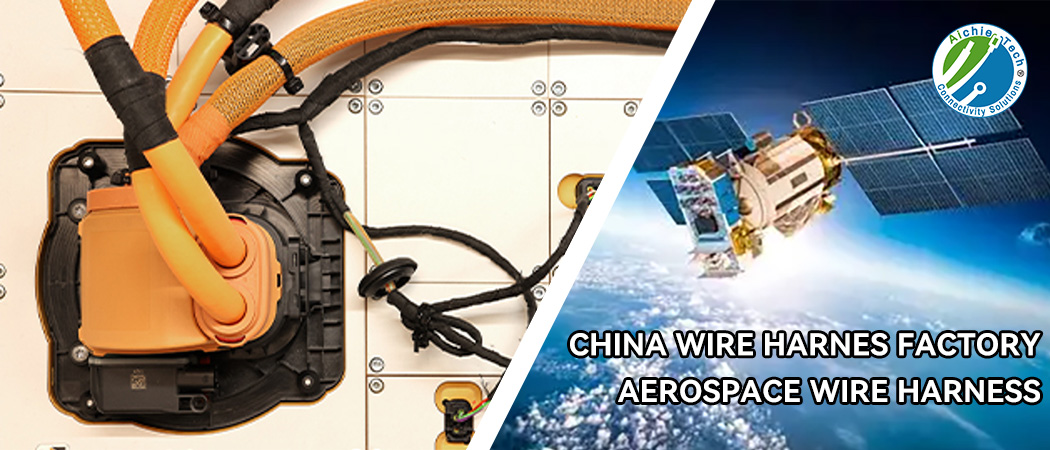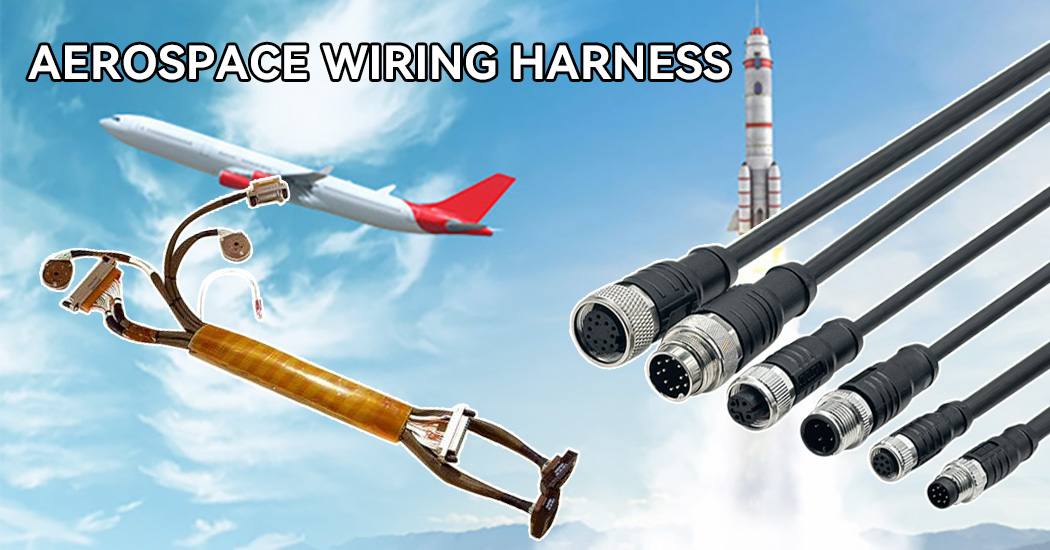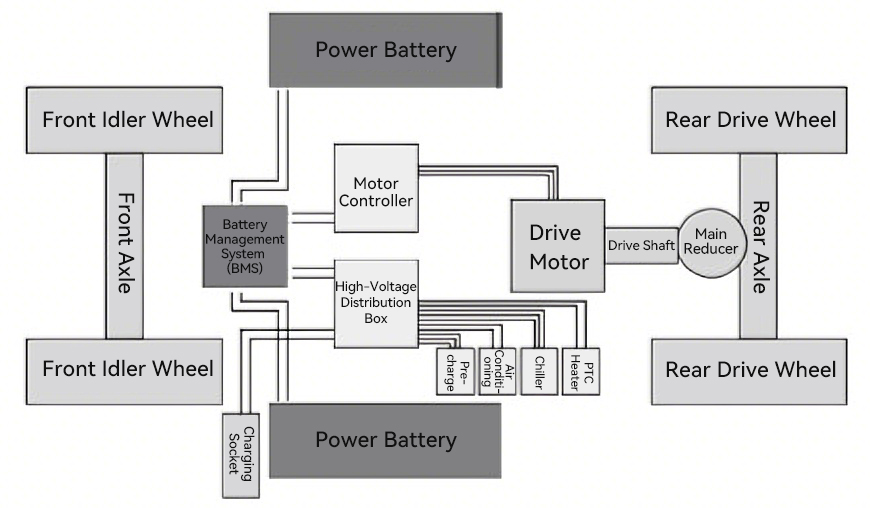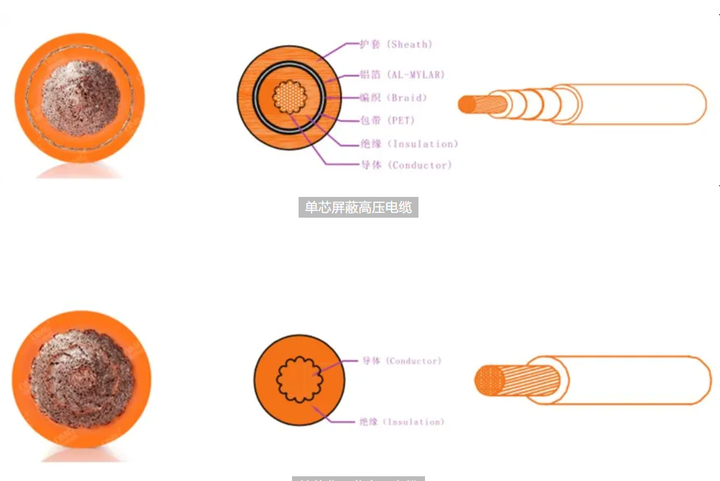Wiring harnesses, as the "neural network" of electrical equipment, undertake the crucial task of connecting the "brain" (controller) with the "limbs" (sensors, actuators) and transmitting power and signals. Its reliability directly determines the success or failure of the entire system's operation.
In the three distinct application fields of automobiles, home appliances and industry, what challenges do wiring harnesses respectively face? And what unique "survival strategies" have they evolved respectively?
I. Automotive Wiring Harnesses: The "Special Forces" for All-weather Operations
The working environment of automotive wiring harnesses can be described as an "extreme challenge". It is like a special forces soldier deep behind enemy lines, which must always remain stable and reliable in the face of "dire straits" and high-frequency vibrations.
1. Core challenge: Adaptability to extreme environments
Wide temperature range tolerance (-40℃ to 150℃, with local higher temperatures):
The area in the engine compartment close to the turbine or exhaust system can easily exceed 150℃ in temperature. In extremely cold regions, the ambient temperature drops to tens of degrees below zero. Therefore, the insulation material of the wire harness must have excellent temperature resistance. Special materials such as cross-linked polyethylene (XLPE) and silicone rubber are often used. The commonly used PVC material in ordinary household appliances will age and crack rapidly in this environment.
Resistant to vibration and shock: The vehicle continuously generates multi-frequency vibrations during operation. To prevent terminal loosening or wire fatigue fracture, automotive wiring harnesses strictly adhere to standards in crimping processes, connector locking structures, and fixing methods. Every snap and fixing point must pass precise vibration tests.
Waterproof, dustproof and chemically resistant: Cars need to cope with rain, snow, sand, high-pressure water gun washing, and even the erosion of chemicals such as engine oil and brake fluid. Therefore, the wiring harness connectors in the engine compartment and chassis area usually need to reach high protection levels such as IP67 or IP6K9K, which relies on complex sealing rings, silicone plugs and potting processes behind the scenes.
2. Key requirements: Safety and signal integrity
Electromagnetic compatibility (EMC): With the popularization of intelligent driving (ADAS) and electric vehicles (EVs), high-voltage systems, high-frequency radars and communication signals coexist inside the vehicle. To prevent interference, critical data lines widely adopt twisted-pair structure, and sensitive lines are equipped with shielding layers. High-speed buses such as automotive Ethernet have requirements for impedance control and shielding performance that have approached the level of communication equipment.
Lightweight design: Under the trend of overall vehicle weight reduction, wiring harnesses also need to be "slimmed down". Engineers strive to reduce every gram of weight while ensuring performance by using thinner wires (such as 0.13mm²), highly conductive alloy materials, and even "replacing copper with aluminum".
Behind the high cost: The high cost of automotive wiring harnesses stems from systematic investment in special materials, precise design, complex processes and rigorous testing. It is not merely a "wire bundle", but a highly engineered safety component, whose value lies in ensuring reliable operation and life safety in extreme environments.
II. Home Appliance Wiring Harnesses: The Thrifty "Urban White-collar"
Compared with the "field operations" of automotive wiring harnesses, home appliance wiring harnesses are in a "greenhouse" environment. It is like a white-collar worker in an office building. Although it is not exposed to wind and rain, it must strictly abide by the norms and strike a precise balance between cost and safety.
1. Core challenge: The ultimate balance between cost and safety
Cost control: The competition in the home appliance market is fierce, and cost is of vital importance. Therefore, the design of home appliance wiring harnesses strives for simplification, mostly using high cost-performance materials (such as PVC), and relying on highly automated production to reduce manufacturing costs.
Safety regulations (Safety rules): Safety is an unbreachable red line. Household appliance wiring harnesses are directly connected to the 220V mains power supply and come into close contact with users. They must pass the mandatory certifications of various countries (such as CCC, UL, CE, etc.) to ensure that their insulation performance, flame retardant grade (such as VW-1) and withstand voltage capacity meet the standards.
2. Key requirements: Standardization and easy assembly
High cost-performance design: Under the premise of meeting safety and functionality requirements, we pursue the ultimate cost performance. For instance, internal connections mostly employ pin-type connectors rather than complex sealing structures of automotive grade.
Suitable for large-scale production: To keep pace with the assembly line rhythm, the design of home appliance wiring harnesses is highly standardized and modularized. The interfaces often adopt a "fool-proof design" (Poka-yoke), which facilitates rapid and accurate assembly.
The trend of intelligence: With the intelligence of household appliances, more low-voltage signal harnesses have been added inside, but their design still prioritizes cost and basic performance.
The core value of home appliance wiring harnesses lies in meeting the demands of large-scale production at the lowest cost and providing reliable and legally compliant guarantees for users' home safety.
III. Industrial Wiring Harnesses: The "Precision Artisan" Striving for Excellence
Industrial wiring harnesses are the "major arteries" connecting large machinery, automated equipment and robots. Although it does not face drastic environmental changes, it has an extreme pursuit of long-term stability and anti-interference ability, just like a composed and reliable craftsman, dedicated to decades of "zero-error" operation.
1. Core challenge: Stability trumps everything
Ultra-long service life and high strength durability: Industrial equipment often needs to operate continuously for 7×24 hours for many years. Any wiring harness failure may lead to the entire production line being shut down, causing huge losses. Therefore, industrial wiring harnesses have extremely high requirements in terms of wear resistance, oil resistance, chemical corrosion resistance and torsion resistance (such as in robot arms), and high-performance polymers such as PUR (polyurethane) are often used for the sheath materials to cope with millions of repeated bends in the drag chain system.
Strong anti-electromagnetic interference (EMI) capability: The factory environment is filled with strong interference sources such as high-power motors and frequency converters. To ensure the purity of control signals, industrial wiring harnesses often adopt a double-layer shielding of copper foil and braided mesh, and strictly physically isolate power lines from signal lines.
2. Key requirements: Customization and signal integrity
Highly customized design: Almost all industrial systems are non-standard designs. The wiring harnesses need to be customized one-to-one according to the equipment layout, signal type (such as EtherCAT, servo encoder signals) and environmental requirements.
Signal integrity guarantee: For high-speed applications such as machine vision and precision servo control, the attenuation, delay and distortion of signals must be precisely controlled, which relies on the precise design and manufacture of high-frequency parameters such as cable impedance and capacitance.
Industrial wiring harnesses spare no expense in pursuit of ultimate stability and signal fidelity for tens of thousands of hours of trouble-free operation in complex electromagnetic environments. Their value lies in providing rock-solid connection guarantees for expensive industrial assets.
Summary
- Automotive wiring harnesses are "all-weather survival experts" in dealing with extreme physical and electromagnetic environments.
- Home appliance wiring harnesses are the "economical and practical home" that precisely strikes a balance between cost and safety red lines.
- Industrial wiring harnesses are the "technical maniacs" born to ensure long-term precise and zero-fault operation.
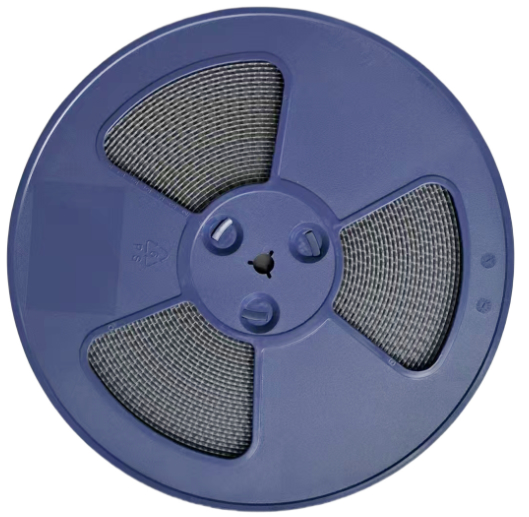
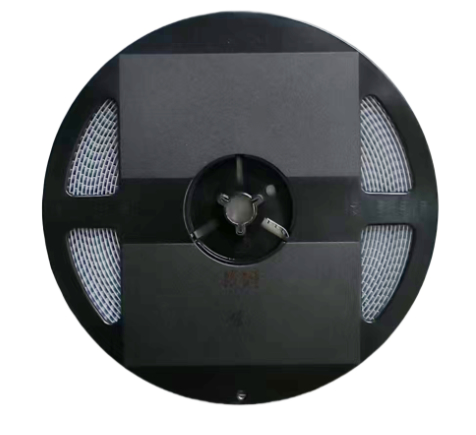
![]()
